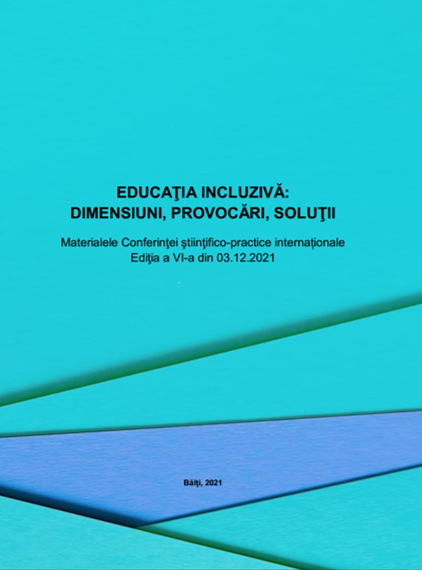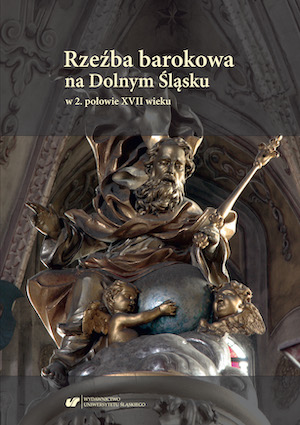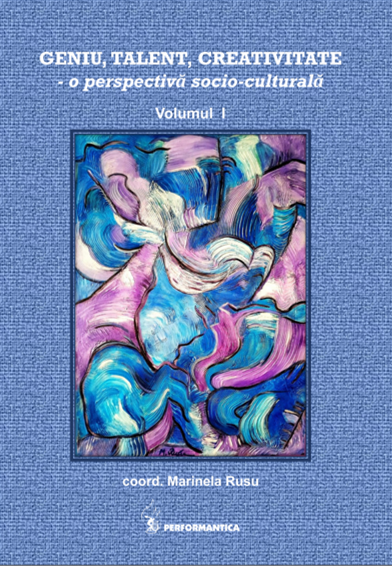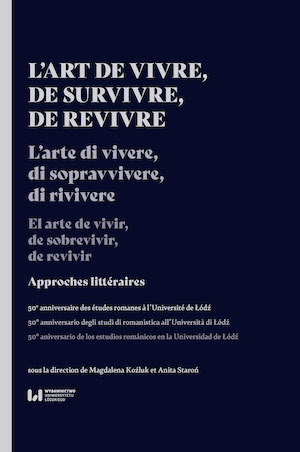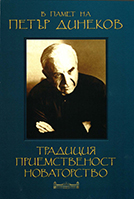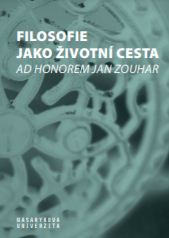
K pojetí kultury u Gillese Lipovetského
With a bit of exaggeration, it could be claimed that Lipovetsky’s lifetime work has focused on (contemporary or post-modern) culture. Surprisingly, Lipovetsky has never defined the concept of culture. It is, thus, necessary to reconstruct it from his work. The presented paper analyses the concept of culture on the background of Lipovetsky’s account of fashion. This account is very broad. Lipovetsky emphasises that fashion covers a large area extending from clothing, social intercourse and religion all the way to an account (and self-constitution) of man. In this regard, Lipovetsky puts special emphasis on the development of individualism in modern society. He also points out inconsistencies in the understanding and the manifestations of individualism.
More...
